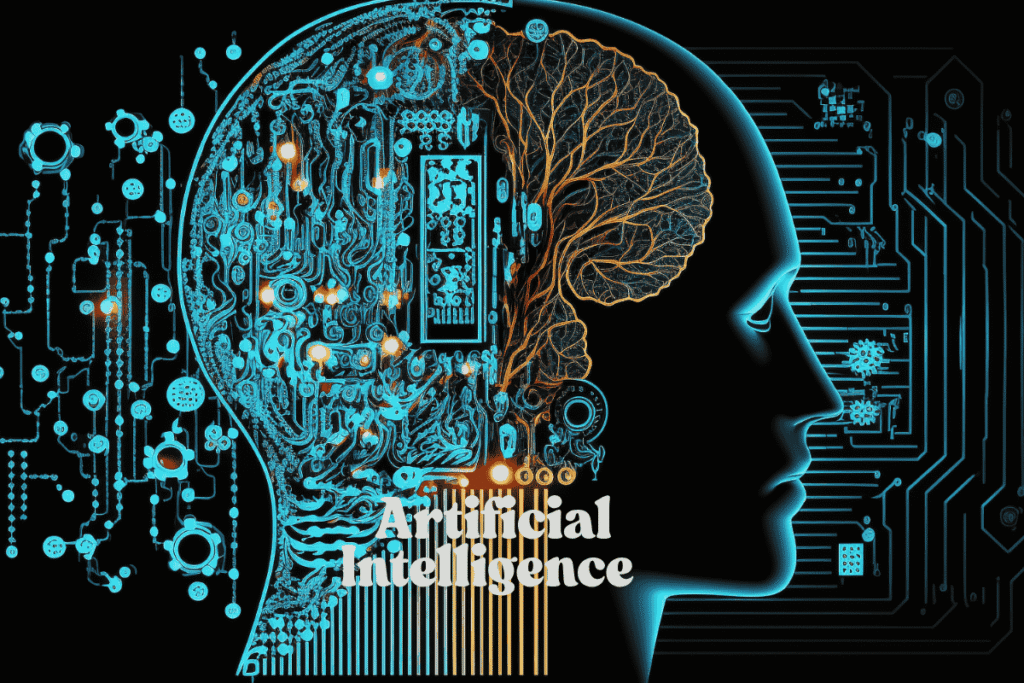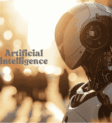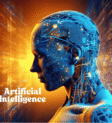Hello people! What is the likelihood of AI playing a major part in our future? What once seemed just a theory is now a driving force that transforms businesses, communities, and our everyday routines. What was once only possible in science fiction, artificial intelligence is helping to replace human drivers in cars and to serve AS virtual assistants.
It has changed greatly from simple mathematics to the advanced coding we see today due to many years of progress, hurdles, and new ideas. The article traces back to where AI came from, looks into its quick rise, and examines the main trends and impacts that will influence its future.
Let’s dive in!
Table of Contents
History of Artificial Intelligence
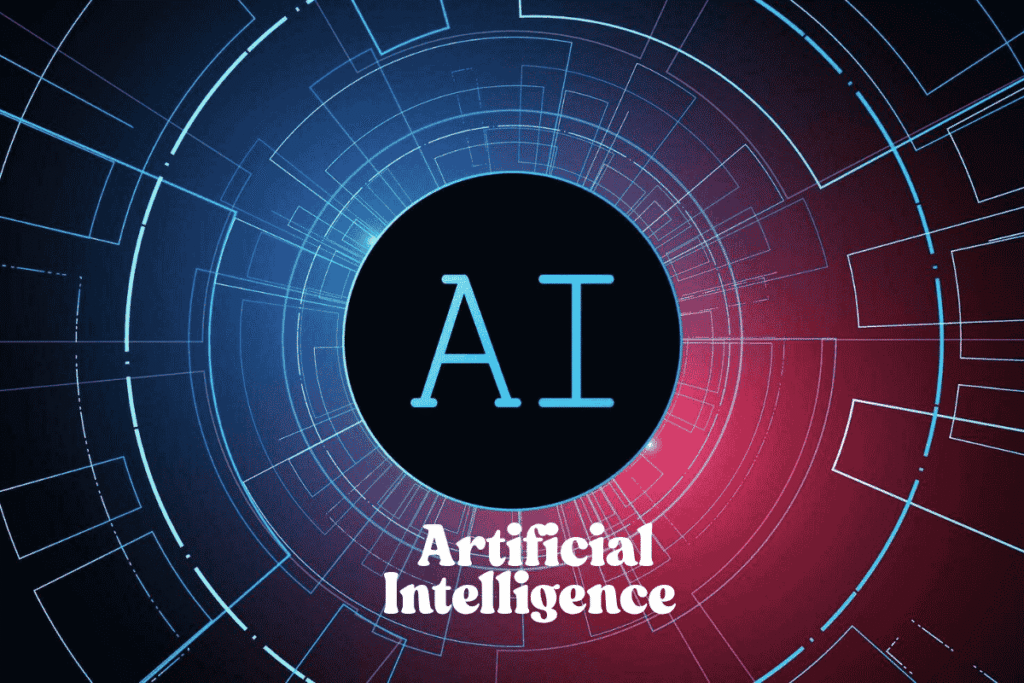
Research and the Early World
In the mid-20th century, some scientists were interested in teaching machines to think like humans which led to the rise of artificial intelligence. Warren McCulloch and Walter Pitts created in 1943 a model for neural networks based on mathematics which became the foundation for AI’s current computational methods. Because of their achievements, Alan Turing, in 1950, introduced the Turing Test to determine if a machine can behave as intelligently as a human.
The phrase “artificial intelligence” was introduced by John McCarthy at the Dartmouth Conference in 1956 and this became a landmark event establishing AI as a distinct areaAtIn the conference, Marvin Minsky, Herbert Simon, and other people dreamed of building machines able to learn, think and solve various issues. Today’s AI began with success stories such as the Logic Theorist proving mathematical theorems which made people believe in its prospects.
The First AI Boom and Bust
During the 1960s, AI research developed strongly because the government provided support and many academics were excited by it. Natural language processing (NLP) chatbots such as ELIZA allowed early AI to mimic the way people talk to each other by using text. Still, because of shortcomings in computers and data, the first AI winter took place in the 1970s, with expectations being much higher than what was achieved.
In the 1980s, there was another wave of AI with expert systems which were programmed to behave like experts in medicine and engineering. When people worked on MYCIN, an AI system designed for diagnosing infections, it had much potential, but the system was pricey and inflexible which led to another AI winter around the late 1980s.
Modern AI Revolution
ML & the Data Boom
In the 1990s, machine learning (a form of AI) emerged and became important for allowing systems to learn using information from data. Access to more data, improved computers and decision trees and neural networks contributed to the growth in Artificial Intelligence. In 1997, the chess computer IBM Deep Blue beat Garry Kasparov, showing that AI could take on tough problems.
Massive collections of data were created in the 2000s because of the internet and digital devices which led to more AI technology relying on data. Google made personalized search results possible by applying ML and Amazon recommended similar items using the same approach. In 2012, the technique deep learning with layered neural networks started to get recognition, helped by the success of AlexNet in image recognition.
Key Milestones
- 2011: Watson, developed by IBM, showed advanced NLP and reasoning skills by winning Jeopardy!
- 2014: In 2014, Atari games were used to let DeepMind’s AI practice reinforcement learning.
- 2016: In 2016, Lee Sedol, the Go champion of the world, faced and lost to Google’s AlphaGo, a big advance for strategic AI.
The Accelerated Rise of AI
AI & Hardware Breakthroughs
In the 2010s, artificial intelligence experienced fast growth due to deep learning, better cloud services and the introduction of GPUs (graphics processing units). Organizations like NVIDIA built hardware especially for AI which helped AI models be trained quickly. Amazon, Google and Microsoft launched cloud services that put AI tools within reach of many businesses and developers.
Improvements in deep learning made it possible for computers to handle computer vision, NLP and speech recognition better. Convolutional neural networks (CNNs) made significant progress in image analysis and recurrent neural networks (RNNs) boosted the development of language models. By 2020, GPT-3 from OpenAI was already producing well-written essays and answers to complex questions.
AI is Useful in Daily Living
Artificial intelligence has spread and now supports:
- Siri, Alex, and Google Assistant use NLP to answer your voice commands.
- Netflix and Spotify help personalize content by using recommendation systems.
- Tesla and Waymo give their self-driving cars features controlled by AI.
- AI products such as IBM Watson Health help doctors by looking over medical records to find diagnoses and recommend treatments.
In 2023, the global AI market is valued at $136 billion and it is predicted to rise to $827 billion by 2030, indicating its fast use in industries.
Industry Adoption
- Healthcare: AI helps with medical tests, searching for new drugs, and monitoring patients which lowers healthcare costs by 20%.
- Finance: Through AI, fraud can be spotted, trading decisions can be optimized and customer care is handled more efficiently.
- Retail: The retail industry uses AI for keeping track of its inventory and for custom marketing activities.
- Assembly: Modern robots driven by AI support automation and prevent future issues.
Key Drivers of AI Growth
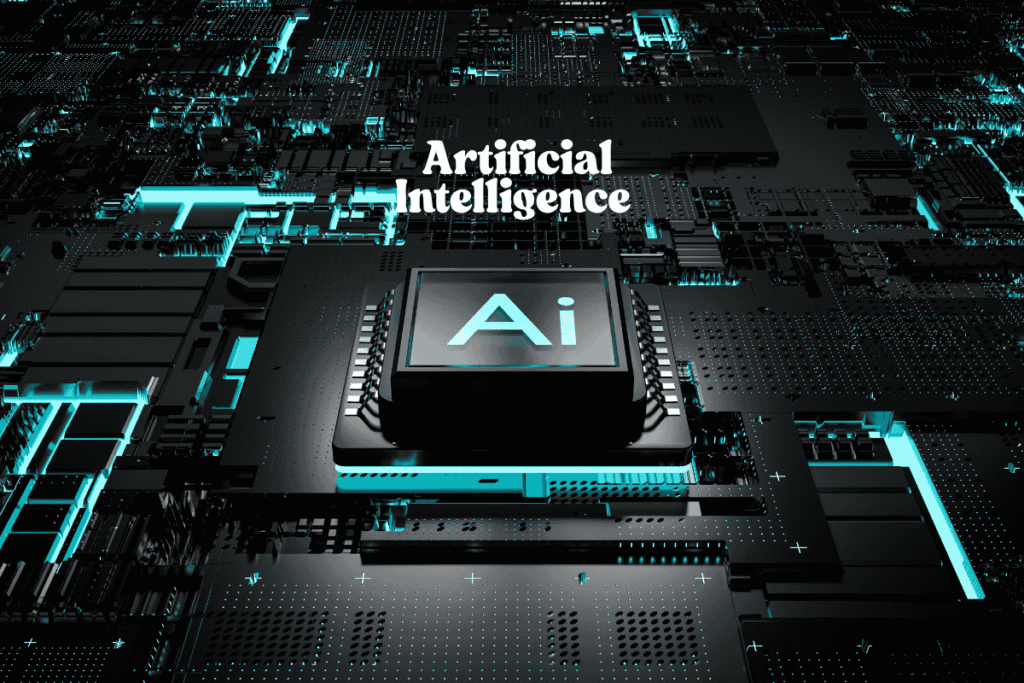
Big Data and Cloud Computing
AI has grown a lot because of the rise in social media, Internet of Things gadgets and digital transactions creating big data. AWS and Azure are cloud platforms that allow businesses to scale their infrastructure, so they do not have to pay huge amounts upfront for AI training and deployment. Global data generation is expected to reach 181 zettabytes by 2025 which will speed up the progress of AI.
Open-Source AI Tools
TensorFlow, PyTorch, and sci-kit-learn are open-source frameworks that have made it possible for everyone worldwide to use and share techniques in AI. Teamwork, for example at Hugging Face, has encouraged progress and opened up AI to new users such as startups and researchers.
Investment and Talent
AI research was boosted in 2021 by $94 billion of investment from both venture capital and government money. The number of AI jobs has gone up because universities are creating more AI programs and companies are employing large numbers of data scientists and ML engineers.
Challenges in AI Development
Ethical Concerns and Bias
BIAS AI systems may end up being biased, because of the data they are trained on. In particular, systems designed to identify faces by their facial features have consistently made more errors when scanning non-white faces which worries people about discrimination.
Such laws, for example, the EU’s AI Act, bring about transparency and fairness in the industry to fix these problems.
Data security
The use of AI requires much personal data which may cause people to worry about privacy. Laws such as GDPR and CCPA make companies follow strict rules when using data, challenging them to find a good balance between innovation and following the rules. There are risks from cyber attacks against AI models that also worry experts.
Environmental Impact
Training big AI models involves large amounts of power and a single model can create a carbon footprint the same as a flight across the Atlantic. It is very important to focus on developing low-power algorithms and using green energy in data centers to address AI’s effect on the environment.
Workforce Displacement
Artificial intelligence is likely to have a big effect on work in manufacturing and customer service. To get ready for an AI-based economy, workers need to be reskilled since McKinsey predicts that 40% of current jobs will be affected by robots by 2030.
Emerging Trends for 2025
With the progress of artificial intelligence, a set of influences will help mold its future:
Multimodal AI
Intuitive human-computer interactions will be possible because of multimodal AI that accesses three major types of data. In the future by 2025, Google’s Gemini and OpenAI’s systems will help in education, healthcare and entertainment by reacting to communication as humans do.
Agentic AI
Industries will transform as agentic AI systems do tasks on their own. Salesforce’s Agentforce will help automate difficult business tasks and personal AI assistants will look after schedules and finances with little input needed.
Generative AI Advancements
With regenerative, people will use virtual environments and have individualized educational materials created for them. Until 2025, ordinary users can use tools like OpenAI’s Sora, thus making it possible for them to produce world-class videos, greatly changing creative industries.
Quantum AI
AI will see tremendous advancements with the help of quantum computing, allowing better results in drugs and cryptography. Although it is not yet well advanced, experts expect quantum AI to be widely used by 2030, but important improvements will happen before then in 2025.
AI related to sustainability
With AI, it will be easier to fight climate change, improve energy use, and raise the efficiency of agriculture. By 2030, there is potential for 4% fewer global emissions because of AI-driven work, with 2025 being an important step forward.
Societal Implications
Education
AI will offer individualized learning by adjusting curricula to each student. AI will be used by Coursera and Khan Academy to suggest courses that provide better learning for all students. But it is important that AI tools are available to everyone on an equal basis.
Healthcare
AI will change diagnostics, medicine development and attention given to patients. Wearable devices powered by AI will be able to track your health live by 2025 and cut down on hospital visits by 15%. Remaining ethical when using patient data is still very important.
Workforce Transformation
As AI takes on routine jobs, workers can devote their time to coming up with ideas and plans. Getting qualified with upskilling skills will be needed to work in AI roles.
Global Collaboration
With the use of AI, workers from all over the world can now meet online, communicate in real-time, and access the same data. As a result, new technologies will appear and demand that strict international rules be created for fairness and security.
Ethical Considerations
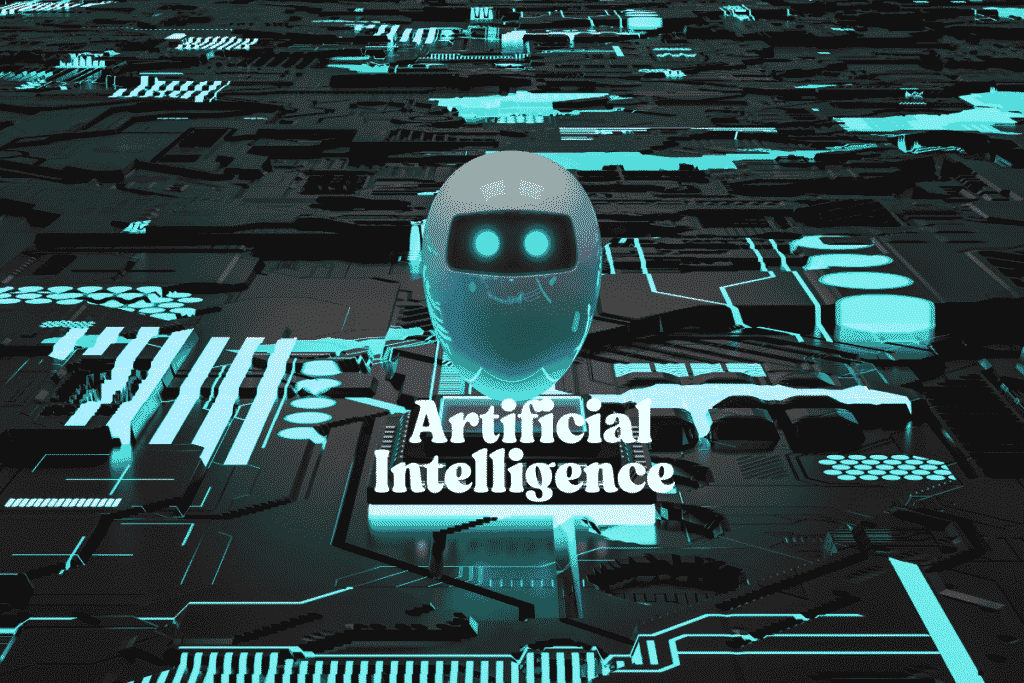
The development of artificial intelligence needs to be responsible to ensure a good future. The main factors to keep in mind are:
- Organizations should share how their AI systems decide on things.
- An audit process will ensure the models are not affected by discrimination.
- One set of rules internationally will support both invention and ensure safety.
- AI regulation is on its way in most developed nations, with the plan for 90% to do so by 2025.
Conclusion
AI started as a concept in books and has today become an essential part of modern innovations. There have been cycles of hope, troubles, and achievements in AI, mainly due to progress in data, computing, and algorithms. Ahead, AI will be influenced by multimodal AI, and quantum computing and focus on sustainability, promising a world where everyone is more connected, things work smoothly and benefits are spread fairly.
Yet, dealing with ethics, privacy problems, and the consequences for workers is needed so that AI is helpful to everyone. Promoting teamwork, honesty and a sense of duty will let AI help shape a better future. What new things can we expect artificial intelligence to accomplish?
FAQS
- Why did the development of artificial intelligence begin?
Development of neural network models and Turing’s approaches during the 1940s–50s.
- What led to AI’s rise in importance through the development of machine learning?
Allowing systems to gain knowledge from an abundance of data which made them perform better.
- What are some major ways that AI is applied today?
Virtual assistants, cars driving on their own, diagnosing patients, and giving personalized suggestions are part of AI tools now.
- What difficulties does AI encounter in 2025?
Problems with bias, privacy, energy level, LS, and changes in the workforce.
- Where is AI likely to go after 2025?
Multimodal AI, quantum computing, and sustainability will have a major role.
